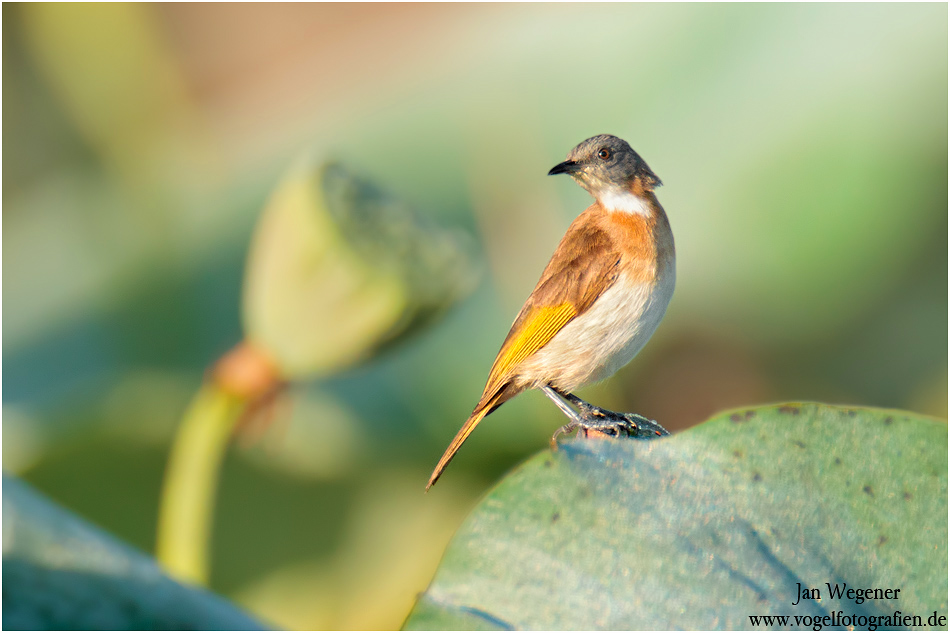
Conopophila albogularis
TAXONOMY
Entomophila albogularis Gould, 1843, Port Essington, Northern
Territory, Australia.
OTHER COMMON NAMES
English: Rufous-breasted honeyeater; French: Mйliphage а
gorge blanc; German: Rostband-Honigfresser; Spanish: Pбjaro
Azъcar de Bandas.
PHYSICAL CHARACTERISTICS
5.1 in (13 cm); 0.4 oz (12 g). Black head, wings, and upperparts
with some yellow on wings. Underparts white, with wide rufous
band at breast.
DISTRIBUTION
North of Northern Territory and Queensland. Patchily distributed
in lowland New Guinea and on Aru Islands.
HABITAT
Riparian forests of paperbark (Melaleuca), eucalyptus woodlands,
mangroves, vine thickets, town parks, and gardens.
BEHAVIOR
Poorly known. Territorial in breeding season, unobtrusive at
other times. Resident, but some evidence of local nomadism.
Emit an attractive, melodious, but squeaky song. Other calls
include zzheep, twittering, and chipping.
FEEDING ECOLOGY AND DIET
Highly insectivorous, foraging from outer foliage, especially of
wattles. Also take nectar from eucalyptus and paperbark flowers
and eat the arils that attach wattle seeds to the pod.
REPRODUCTIVE BIOLOGY
May breed at any time but main peaks are in late dry (September–
November) and late wet (January to March) seasons. The
purse-shaped nest is suspended from outer twigs of wattle or
paperbark, often over water. Usually two to three eggs (occasionally
one or four) that are incubated for about 14 days. Both
adults feed young that fledge at 14 days.
CONSERVATION STATUS
Not threatened. Very common in suburban Darwin.
SIGNIFICANCE TO HUMANS
None known.
Photo Gallery of - Rufous-banded honeyeater
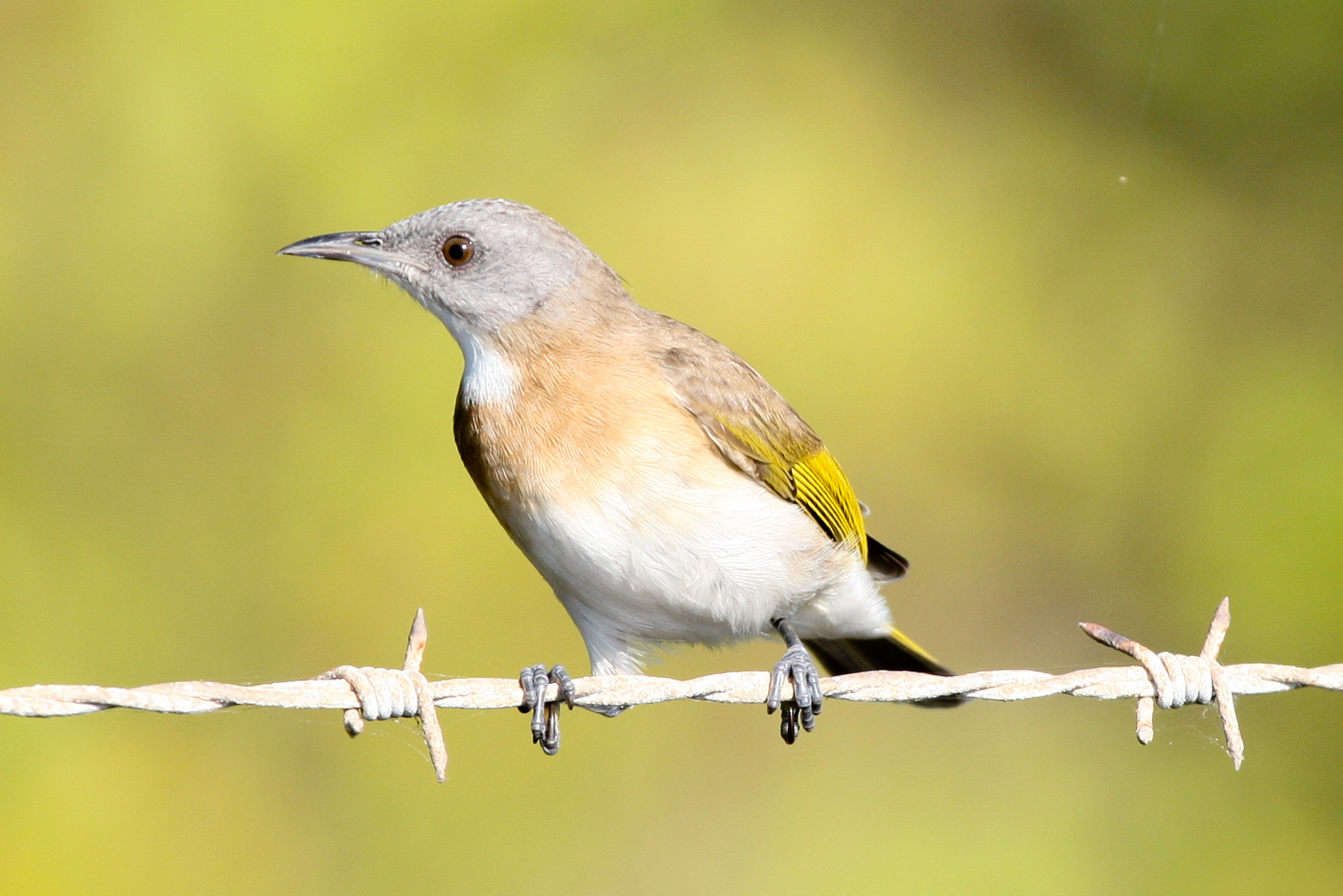
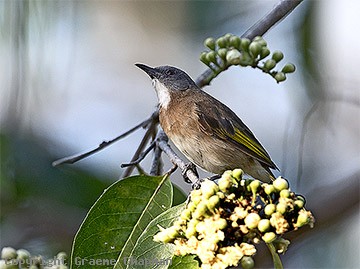
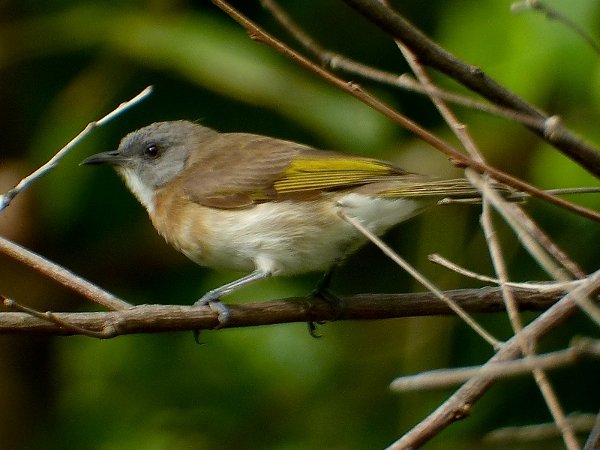
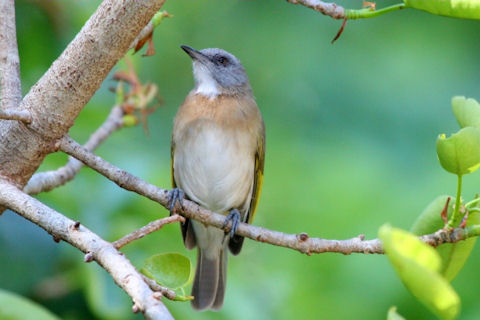
 Animalia Life
Animalia Life